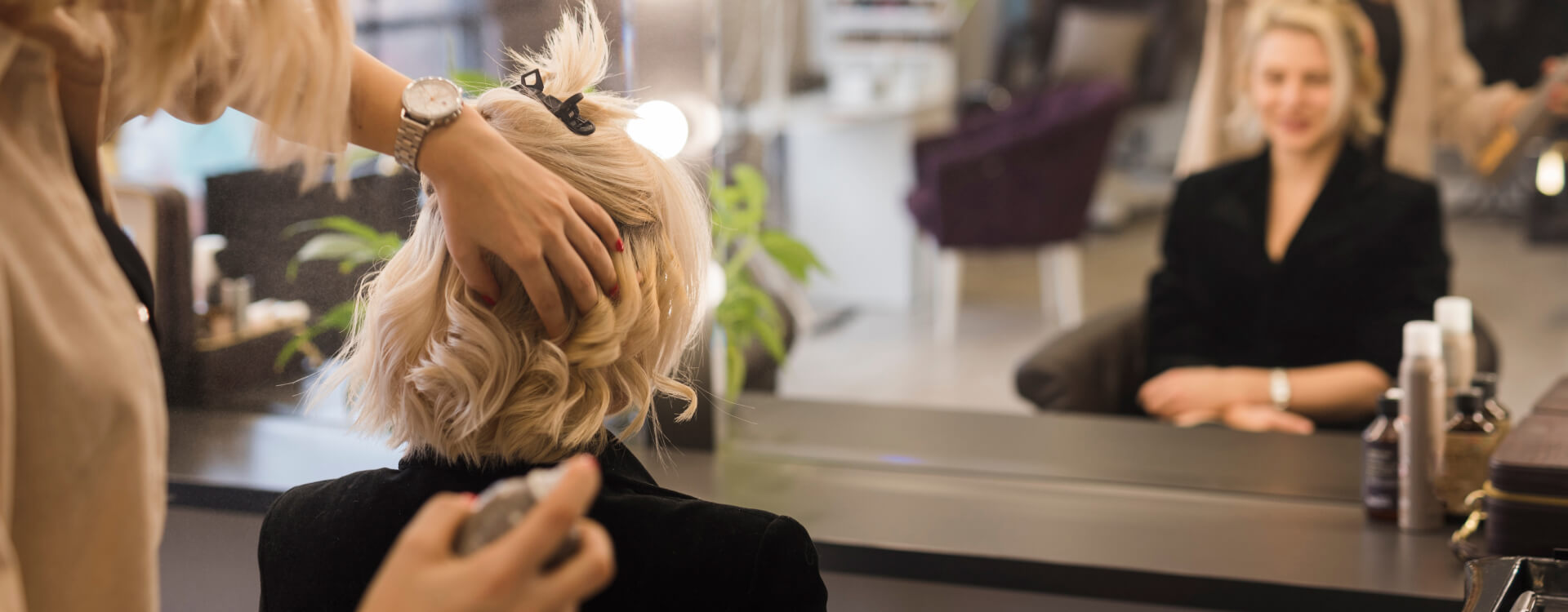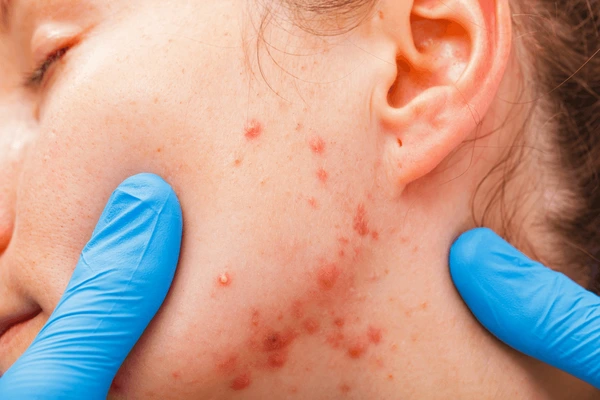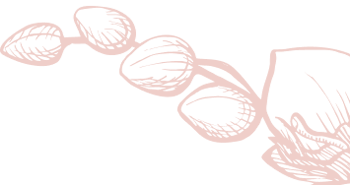
About
Skin Lesion
For safe and accurate skin lesion treatment in Lucknow, trust The Velvet Skin Centre, Indira Nagar. Our expert dermatologist ensures precise diagnosis and effective solutions tailored to your needs.
Book Appointment NowCall to book Appointment +91 8002558860

About
For safe and accurate skin lesion treatment in Lucknow, trust The Velvet Skin Centre, Indira Nagar. Our expert dermatologist ensures precise diagnosis and effective solutions tailored to your needs.
Book Appointment NowSkin lesions are any size of your skin that's strange from the skin around it. Skin lesions are expected and are often the result of an injury or harm to your skin. However, some have the potential to be cancerous.

Dr. Asma provides expert care for skin lesion treatment in Lucknow at The Velvet Skin Centre, Indira Nagar. Whether benign growths, suspicious spots, or precancerous lesions, our advanced dermatological methods ensure accurate diagnosis and safe removal. With personalized treatment plans, patients receive effective care that restores skin health, improves appearance, and ensures long-term protection under expert supervision.
Since there are a wide multiplicity of skin lesions that exist, there are many potential causes, including:
Symptoms of your skin lesion could vary depending on your lesion type. General symptoms include:
If you notice your skin lesion is growing in size or shape, is causing you intense pain, is bleeding or leaking pus or won't recover as you expected — or if you have other associated signs like fever, joint pain, swelling or anything concerning to you — visit your dermatologist immediately.
Treatment is based on the underlying cause or causes of the skin lesions. A doctor will consider the type of lesion, your personal health history, and any previously attempted treatments.
First-line treatments are usually topical medications to support and treat the rash and cover the affected area. Topical medication can also provide mild sign relief to control pain, itching, or burning pushed by the skin lesion.
If your skin lesions result from a systemic illness, such as shingles or chickenpox, you may be specified oral medicines to help ease the symptoms, including skin lesions.
Infected skin lesions are typically pierced and drained to provide treatment and relief.
Suspicious-looking moles that have changed over time may need surgery.
A type of birthmark called hemangioma results from distorted blood vessels. Laser treatment is often used to clear this type of birthmark.
Some skin lesions are extremely itchy and irritated. You may want to try home treatments for relief.
Oatmeal baths or lotions can relieve itching or burning caused by certain skin lesions.
If chafing is causing contact dermatitis in areas where the skin chafes against itself or a portion of clothing, absorptive powders or protective balms can decrease friction and prevent further skin lesions from developing.
About
About
With multiple skin and hair care clinics across Lucknow, including The Velvet Skin Centre led by Dr. Asma – the best skin doctor in Lucknow and a trusted hair specialist doctor in Lucknow – we make expert dermatological treatments easily accessible, ensuring you receive the best care close to home.
Phone: +91 8002558860
Phone: +91 8002558860
Phone: +91 8002558860

Copyright @ 2025 The Velvet Skin Centre All Rights Reserved